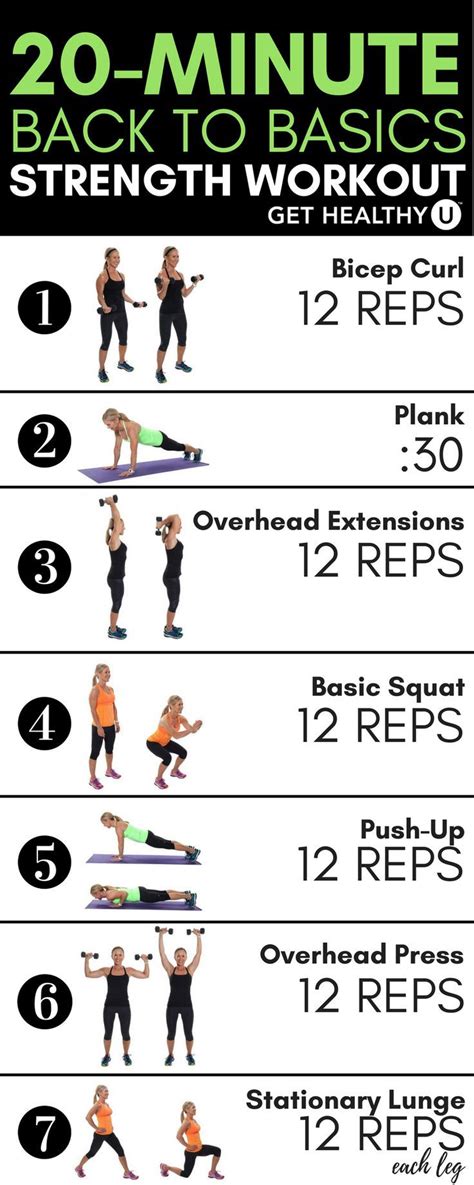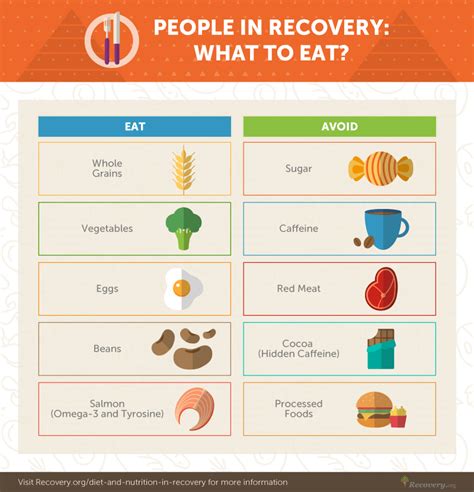Intro
Discover effective strength training for beginners, covering workout routines, exercises, and nutrition tips to build muscle and boost fitness, with progressive overload and proper form guidance.
Engaging in strength training is one of the most effective ways to improve overall health and fitness. Not only does it help build muscle and increase strength, but it also enhances bone density, boosts metabolism, and supports weight management. For beginners, getting started with strength training can seem daunting, but with the right guidance and approach, it can be a rewarding and enjoyable experience. Whether you're looking to tone up, build muscle, or simply improve your overall health, strength training is an excellent way to achieve your fitness goals.
As a beginner, it's essential to understand the basics of strength training and how it can benefit your body. Strength training involves using resistance, such as weights or your own body weight, to challenge your muscles and stimulate growth. This type of exercise helps improve muscle mass, increase strength, and enhance athletic performance. Moreover, strength training has numerous health benefits, including reducing the risk of chronic diseases, such as diabetes and heart disease, and improving mental health and mood.
To get the most out of strength training, it's crucial to have a well-structured workout plan and a clear understanding of proper exercise techniques. This includes learning how to warm up and cool down, understanding the importance of rest and recovery, and knowing how to choose the right weights and exercises for your fitness level. With the right approach and mindset, beginners can quickly see improvements in their strength, endurance, and overall fitness, making strength training a fun and rewarding experience.
Benefits of Strength Training

Types of Strength Training Exercises
Strength training exercises can be categorized into several types, including compound exercises, isolation exercises, and bodyweight exercises. Compound exercises, such as squats and deadlifts, work multiple muscle groups at once, while isolation exercises, such as bicep curls and tricep extensions, target specific muscles. Bodyweight exercises, such as push-ups and pull-ups, use your own body weight as resistance. Some examples of strength training exercises for beginners include: * Squats * Deadlifts * Bench press * Rows * Lunges * Leg press * Shoulder press * Bicep curls * Tricep extensionsCreating a Strength Training Workout Plan

Warm-Up and Cool-Down Routines
Warm-up and cool-down routines are essential components of any strength training workout plan. A warm-up routine helps prepare your muscles for exercise, reducing the risk of injury and improving performance. A cool-down routine helps your body recover from exercise, reducing muscle soreness and improving flexibility. Some examples of warm-up and cool-down exercises include: * Light cardio, such as jogging or cycling * Dynamic stretching, such as leg swings and arm circles * Foam rolling and self-myofascial release * Static stretching, such as hamstring and quadriceps stretchesCommon Mistakes to Avoid

Progressive Overload and Consistency
Progressive overload and consistency are key components of any successful strength training program. Progressive overload involves gradually increasing the weight or resistance you're lifting over time, challenging your muscles and stimulating growth. Consistency involves sticking to your workout plan and making strength training a regular part of your routine. Some tips for progressive overload and consistency include: * Gradually increase the weight or resistance you're lifting over time * Aim to lift more weight or complete more reps each week * Stay consistent with your workout plan and make strength training a regular part of your routine * Track your progress and adjust your workout plan as neededNutrition and Recovery

Supplements and Ergogenic Aids
Supplements and ergogenic aids can be useful for supporting muscle growth and strength gains, but they should be used with caution and under the guidance of a qualified trainer or coach. Some examples of supplements and ergogenic aids include: * Protein powder and creatine * Branched-chain amino acids (BCAAs) and glutamine * Pre-workout supplements and energy drinks * HMB and beta-alanineMental Preparation and Motivation

Overcoming Plateaus and Setbacks
Overcoming plateaus and setbacks is a normal part of any strength training program. This includes adjusting your workout plan, seeking guidance from a qualified trainer or coach, and staying positive and focused. Some tips for overcoming plateaus and setbacks include: * Adjust your workout plan and try new exercises or routines * Seek guidance from a qualified trainer or coach * Stay positive and focused, and don't be too hard on yourself if you encounter setbacks * Take rest days and prioritize recovery when needed * Stay consistent and patient, and remember that progress takes timeWhat is the best way to get started with strength training?
+The best way to get started with strength training is to create a well-structured workout plan, choose the right exercises, and determine the frequency and duration of your workouts. It's also essential to include warm-up and cool-down routines, as well as rest and recovery days.
How often should I strength train?
+The frequency of strength training depends on your fitness goals and current fitness level. As a general rule, it's recommended to strength train 2-3 times per week, with at least one day of rest in between.
What are the most important exercises for beginners?
+The most important exercises for beginners include compound exercises such as squats, deadlifts, and bench press. These exercises work multiple muscle groups at once and are essential for building overall strength and muscle mass.
How do I know if I'm making progress?
+You can track your progress by monitoring your weight, body fat percentage, and measurements. You can also track your workout progress by monitoring the weight you're lifting, the number of reps you're completing, and the time it takes to complete your workouts.
What are the most common mistakes to avoid when strength training?
+The most common mistakes to avoid when strength training include not warming up or cooling down properly, using too much weight or resistance, not resting and recovering adequately, and not eating enough protein or nutrients to support muscle growth.
In summary, strength training is an excellent way to improve overall health and fitness, and with the right approach and mindset, beginners can quickly see improvements in their strength, endurance, and overall fitness. By creating a well-structured workout plan, choosing the right exercises, and determining the frequency and duration of your workouts, you can set yourself up for success and achieve your fitness goals. Remember to stay consistent, patient, and positive, and don't be afraid to seek guidance or instruction from a qualified trainer or coach. With dedication and hard work, you can unlock the many benefits of strength training and achieve a stronger, healthier, and happier you. We encourage you to share your own experiences and tips for strength training in the comments below, and don't forget to share this article with anyone who may be interested in getting started with strength training.
